3,4,5-Trimethoxycinnamic acid
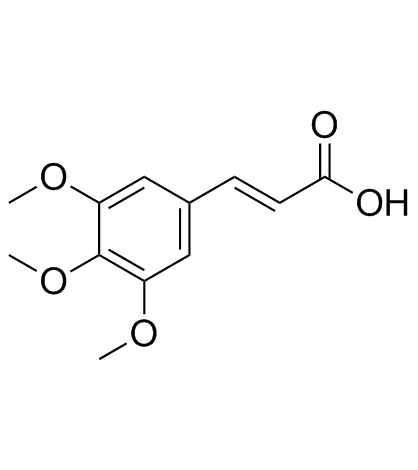
3,4,5-Trimethoxycinnamic acid structure
|
Common Name | 3,4,5-Trimethoxycinnamic acid | ||
|---|---|---|---|---|
| CAS Number | 90-50-6 | Molecular Weight | 238.237 | |
| Density | 1.2±0.1 g/cm3 | Boiling Point | 396.4±37.0 °C at 760 mmHg | |
| Molecular Formula | C12H14O5 | Melting Point | 125-127 °C(lit.) | |
| MSDS | Chinese USA | Flash Point | 151.5±20.0 °C | |
Use of 3,4,5-Trimethoxycinnamic acid3,4,5-Trimethoxycinnamic acid is a phenylpropanoid isolated from the roots of Polygala tenuifoliaWILLD, with anti-stress effect, prolonging the sleeping time in animals[1][2]. 3,4,5-Trimethoxycinnamic acid increases expression of GAD65 and γ-subunit of GABAA receptor, but shows no effect on the amounts of α-, β-subunits[2]. |
| Name | 3,4,5-trimethoxycinnamic acid |
|---|---|
| Synonym | More Synonyms |
| Description | 3,4,5-Trimethoxycinnamic acid is a phenylpropanoid isolated from the roots of Polygala tenuifoliaWILLD, with anti-stress effect, prolonging the sleeping time in animals[1][2]. 3,4,5-Trimethoxycinnamic acid increases expression of GAD65 and γ-subunit of GABAA receptor, but shows no effect on the amounts of α-, β-subunits[2]. |
|---|---|
| Related Catalog | |
| Target |
γ-subunit of GABAA receptor[2] |
| In Vitro | 3,4,5-Trimethoxycinnamic acid (10 μg/ml) increases expression of GAD65 and γ-subunit of GABAA receptor, but shows no effect on the amounts of α-, β-subunits[2]. |
| In Vivo | 3,4,5-Trimethoxycinnamic acid (25-100 mg/kg, i.p.) exhibits sedative effect, and prolongs the sleeping time in rats[1]. 3,4,5-Trimethoxycinnamic acid (10 mg/kg, p.o.) significantly decreases locomotor activity in mice[2]. |
| References |
| Density | 1.2±0.1 g/cm3 |
|---|---|
| Boiling Point | 396.4±37.0 °C at 760 mmHg |
| Melting Point | 125-127 °C(lit.) |
| Molecular Formula | C12H14O5 |
| Molecular Weight | 238.237 |
| Flash Point | 151.5±20.0 °C |
| Exact Mass | 238.084122 |
| PSA | 64.99000 |
| LogP | 2.00 |
| Vapour Pressure | 0.0±1.0 mmHg at 25°C |
| Index of Refraction | 1.560 |
CHEMICAL IDENTIFICATION
HEALTH HAZARD DATAACUTE TOXICITY DATA
|
| Personal Protective Equipment | Eyeshields;Gloves;type N95 (US);type P1 (EN143) respirator filter |
|---|---|
| Hazard Codes | Xi: Irritant; |
| Safety Phrases | S24/25 |
| RIDADR | NONH for all modes of transport |
| WGK Germany | 2 |
| RTECS | GE0722000 |
| HS Code | 2916399090 |
| HS Code | 2916399090 |
|---|---|
| Summary | 2916399090 other aromatic monocarboxylic acids, their anhydrides, halides, peroxides, peroxyacids and their derivatives VAT:17.0% Tax rebate rate:9.0% Supervision conditions:none MFN tariff:6.5% General tariff:30.0% |
|
A metabolite profiling approach to identify biomarkers of flavonoid intake in humans.
J. Nucl. Med. 139 , 2309-14, (2009) Flavonoids are phytochemicals that are widespread in the human diet. Despite limitations in their bioavailability, experimental and epidemiological data suggest health benefits of flavonoid consumptio... |
|
|
Human fecal water content of phenolics: the extent of colonic exposure to aromatic compounds.
Free Radic. Biol. Med. 38(6) , 763-72, (2005) Phenolic compounds are not completely absorbed in the small intestine and so enter the colon, where they might exert physiological effects. To identify phenolics that are present in normal human colon... |
|
|
[The detection of Azotobacter and its significance in criminal technical soil examinations].
Arch. Kriminol. 165(1-2) , 27-34, (1980)
|
| 3,4,5-Trimethoxycinnamic |
| o-methylsinapicacid |
| 3,4,5-Trimethoxy cinnamic acid |
| (2E)-3-(3,4,5-Trimethoxyphenyl)acrylic acid |
| 2-Propenoic acid, 3-(3,4,5-trimethoxyphenyl)-, (2E)- |
| 3,4,5-Trimethoxycinnamic acid |
| 2-propenoic acid, 3-(3,4,5-trimethoxyphenyl)- |
| TRIMETHOXYCINNAMICACID |
| 3,4,5-trimethoxy-cinnamicaci |
| 5-TriMethoxycinnaMic acid |
| 3-(3,4,5-trimethoxyphenyl)prop-2-enoic acid |
| EINECS 201-999-8 |
| 3,4,5-Trimethoxyzimtsure |
| RARECHEM BK HC T328 |
| MFCD00004388 |
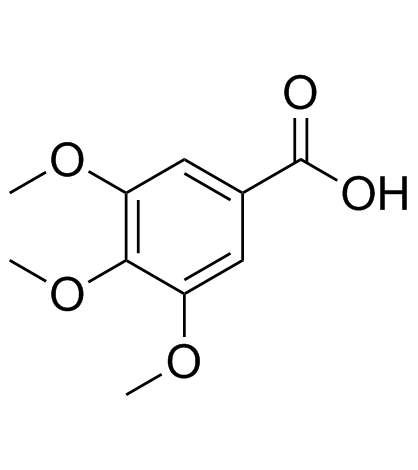 CAS#:118-41-2
CAS#:118-41-2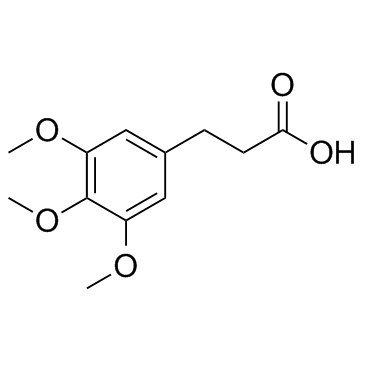 CAS#:25173-72-2
CAS#:25173-72-2 CAS#:7478-46-8
CAS#:7478-46-8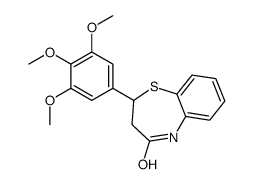 CAS#:89813-62-7
CAS#:89813-62-7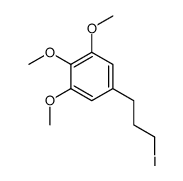 CAS#:91562-22-0
CAS#:91562-22-0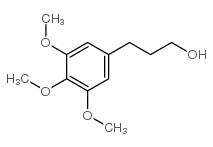 CAS#:53560-26-2
CAS#:53560-26-2
